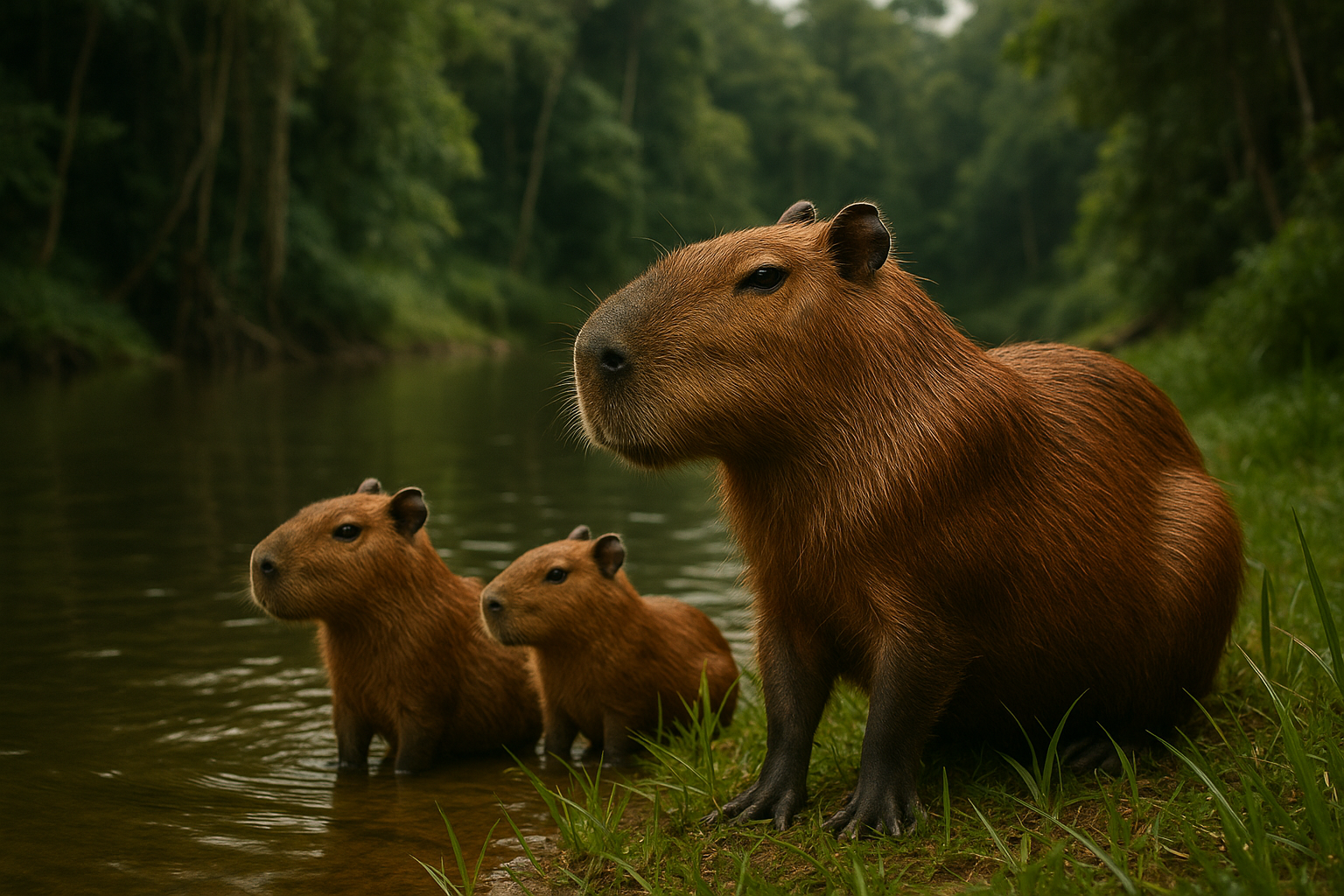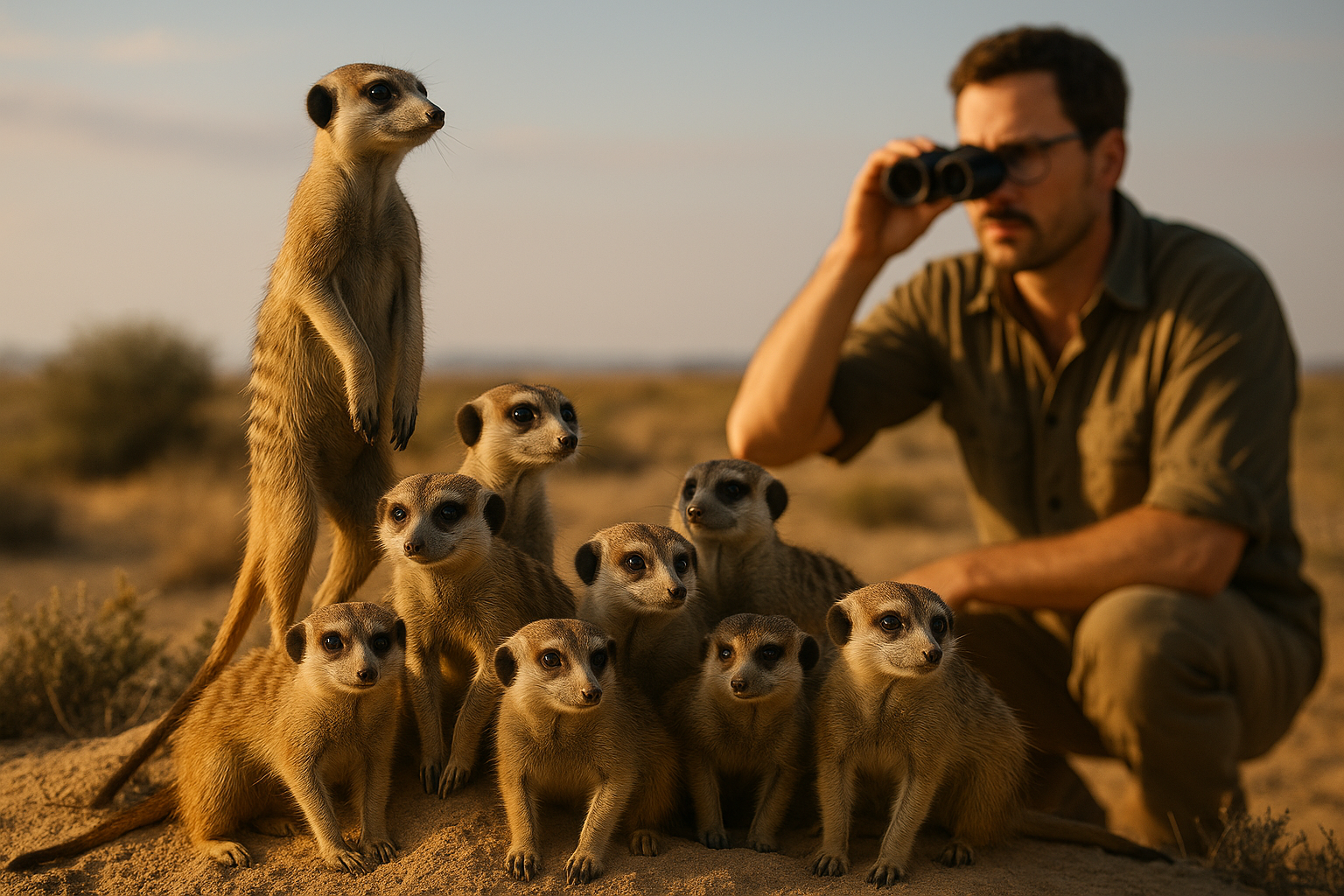The Intriguing World of Capybaras: Gentle Giants of the Rodent World
Step into the fascinating world of Capybaras, the largest rodents on earth. These friendly, semi-aquatic creatures native to South America have recently gained popularity as unusual and captivating pets. Let's discover the charm and challenges of living with these intriguing animals.

The Capybara: A Brief History
The Capybara, scientifically named Hydrochoerus hydrochaeris, is native to South America. These rodents, which can reach sizes of up to 134 cm in length and weigh up to 66 kg, have been part of South American ecosystems for centuries. They are found in regions across Colombia, Venezuela, Brazil, Argentina, and other South American countries, typically inhabiting savannas and dense forests near bodies of water.
Capybaras in Pop Culture
In recent years, Capybaras have made quite a splash in pop culture, with their images becoming viral sensations on social media. Their calm demeanor, unique appearance, and unusual interactions with other animals have endeared them to millions worldwide. This newfound popularity has led to an increased interest in Capybaras as pets, despite the challenges that come with their care.
Caring for Capybaras: A Unique Challenge
Capybaras are not traditional pets, and their care requires a significant commitment. They are social animals that thrive in groups, meaning a solitary Capybara may experience stress and loneliness. Consequently, prospective owners should ideally adopt more than one. Their diet is predominantly grass, but they also eat a variety of vegetables and fruits. As semi-aquatic animals, they require access to swimming facilities to maintain their physical and mental health.
The Capybara Pet Trade: An Emerging Market
While the exact cost of a Capybara varies, they are generally expensive, with prices ranging from $1,000 to $5,000. However, the cost of the animal is just the beginning. Potential owners must also consider the high expenses associated with building suitable housing and providing appropriate care. Despite these challenges, the pet trade for Capybaras is growing, particularly in Japan and the United States.
Capybaras and Conservation
Capybaras are not currently endangered, but their population is affected by habitat loss and hunting. Although they reproduce quickly, these threats could pose significant problems if not properly managed. As the pet trade grows, it’s crucial to ensure it doesn’t negatively impact wild populations.
In conclusion, the Capybara is a fascinating creature that has captured the hearts of animal lovers worldwide. As we continue to discover more about these gentle giants, it’s evident that they require specialized care. With increased interest in these animals as pets, it’s vital to prioritize their welfare and conserve their natural habitats.






